
When you eat a banana with spots that is turning brown, here's what happens to your body
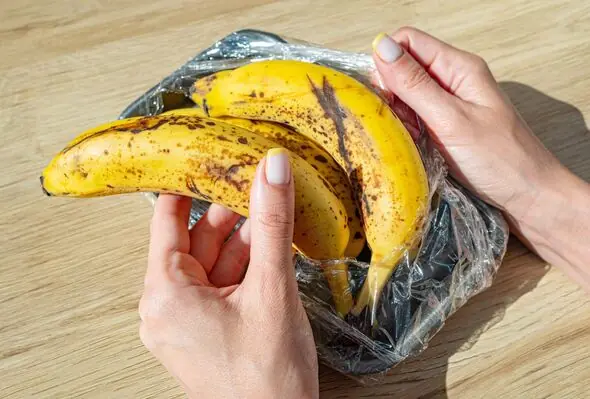
Bananas are among the world’s most beloved fruits — prized for their convenience, sweetness, and impressive nutritional profile. Yet few people realize how dramatically this humble fruit changes as it ripens. From the moment a banana shifts from green to yellow and finally develops brown spots, a cascade of chemical transformations takes place.
Initially firm and slightly bitter, green bananas contain high levels of starch and chlorophyll. As the fruit ripens, enzymes break down chlorophyll, causing the peel to change color while converting complex starch molecules into simple sugars. The result is a softer, sweeter, and more aromatic banana. Understanding this fascinating process not only helps explain its evolving taste but also reveals how the fruit’s nutritional value and health effects shift at each stage of ripeness.
Nutritional Changes in Ripening Bananas
As bananas mature, their nutritional composition undergoes significant modification. Green bananas are particularly rich in resistant starch, a type of carbohydrate that behaves like fiber, slowing digestion and promoting a sense of fullness. This makes them an excellent choice for weight management and gut health.
As ripening progresses, resistant starch gradually transforms into natural sugars — mainly glucose, fructose, and sucrose — giving yellow and brown bananas their characteristic sweetness. This transformation also slightly raises their caloric value and glycemic index. At the same time, certain antioxidants such as dopamine and catechins increase in concentration, enhancing the fruit’s potential to combat oxidative stress. Thus, the nutritional benefits of bananas evolve dynamically as the fruit ripens.
Digestive Benefits of Eating Brown Bananas
When bananas reach the brown stage, their texture softens and their sugars become fully developed, making them gentler on the stomach. This stage is particularly beneficial for people recovering from illness or struggling with digestive sensitivities. The naturally occurring enzymes aid in breaking down food, reducing bloating, and easing discomfort.
Additionally, ripe bananas are an excellent source of soluble fiber, which supports bowel regularity and helps prevent constipation. For this reason, many nutritionists recommend ripe or slightly spotted bananas as part of a balanced breakfast or post-workout snack — especially when the goal is to soothe digestion while restoring energy.
Impact on Blood Sugar Levels
The sweetness that makes brown bananas so enjoyable also brings a nutritional trade-off. Because ripe bananas contain more simple sugars, they can cause a faster rise in blood glucose compared to unripe ones. This doesn’t mean they’re unhealthy, but people with diabetes or insulin resistance should be mindful of portion size.
One effective strategy is to pair a ripe banana with a source of protein or healthy fat, such as yogurt, peanut butter, or a handful of nuts. This combination slows sugar absorption, providing sustained energy instead of a rapid spike and crash. For athletes or active individuals, however, the natural sugars in brown bananas can serve as a quick and efficient energy boost before or after workouts.
Antioxidant Properties and Overall Health Benefits
As bananas ripen, they develop higher levels of antioxidants that protect the body from free radical damage — molecules linked to premature aging and chronic diseases. Compounds like dopamine (which, in this context, acts as an antioxidant rather than a neurotransmitter) and catechins are particularly abundant in fully ripened bananas.
These antioxidants may contribute to a reduced risk of conditions such as cardiovascular disease and certain cancers. Moreover, ripe bananas are rich in vitamin C, which strengthens immune function, and vitamin B6, which supports brain health and hormone balance. Together, these nutrients make brown bananas an underappreciated ally for long-term wellness.
Potential Allergic Reactions and Sensitivities
Despite their many benefits, bananas can occasionally cause mild allergic reactions. Some people experience itching in the mouth, swelling, or digestive upset — particularly when eating very ripe bananas. This can be linked to latex-fruit syndrome, in which proteins in bananas resemble those in natural latex. People who are allergic to latex should exercise caution or consult a healthcare provider before consuming bananas regularly.
Comparing Green, Yellow, and Brown Bananas
Each stage of ripeness offers its own unique set of advantages:
-
Green bananas: Lower in sugar, higher in resistant starch — ideal for digestive support and blood-sugar control.
-
Yellow bananas: Perfect balance of starch and sugar, pleasant texture, moderate sweetness.
-
Brown bananas: High in natural sugars and antioxidants, soft and easy to digest, excellent for quick energy and recovery.
Choosing between them depends on personal goals — whether you want long-lasting satiety, a balanced snack, or a sweet and nutrient-dense treat.
Conclusion: Embracing the Brown Banana
Though often dismissed as “overripe,” brown bananas represent the peak of nutritional maturity. Their enhanced antioxidant content, improved digestibility, and natural sweetness make them a valuable addition to any healthy diet. From fueling your morning smoothie to enhancing baked goods, ripe bananas offer both flavor and function.
Understanding how ripening transforms this everyday fruit allows us to make smarter dietary choices — and perhaps see that speckled banana on the counter not as something to discard, but as nature’s sweetest and most beneficial version of itself. 🍌
News in the same category


Stick a Toothpick into Your Electric Kettle: Amazing Benefits Every Home Needs, Save Hundreds Each Year

Never Clean Your Light Switches with Water: Here’s a Safe Trick to Make Them Shine Like New

Why You Shouldn’t Pluck Your Nose Hairs

Here's how to open a can in an emergency (this is so simple!)

Does anyone have any idea what this is used for? Seems like a waste

I had no clue about this

10 genius tricks to revive your garden patio

My nana taught me this hack to remove oven grease in 4 mins with 0 work. Here’s how it works

Put ice cubes in bone broth: You will get 4 great benefits

5 Easy Ways to Test Honey at Home

I had no clue about this

I had no clue about this!

I had no idea

I had no idea

I had no clue about this!

You’re doing it all wrong. Here’s the right way to defrost food

I had no clue about this!

Never Clean Your Light Switch with Water: Here’s a Trick to Make It Spotless
News Post

Reverse Skin Aging With Cloves & Baby Oil

Culantro: The Hidden Gem of Your Garden

Ginger, Clove, and Honey: The Natural Trio Your Body Will Thank You For
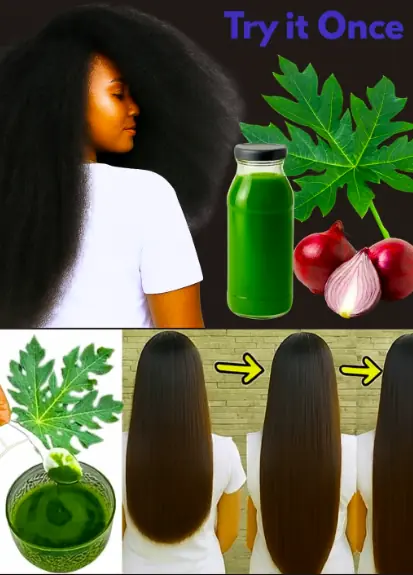
Papaya Leaves and Onion Juice: The Secret Elixir for Rapid Hair Growth and Amazing Thickness

Routine Smoothie Ingredient Causes Severe Food Pipe Obstruction In Health-Conscious Teen
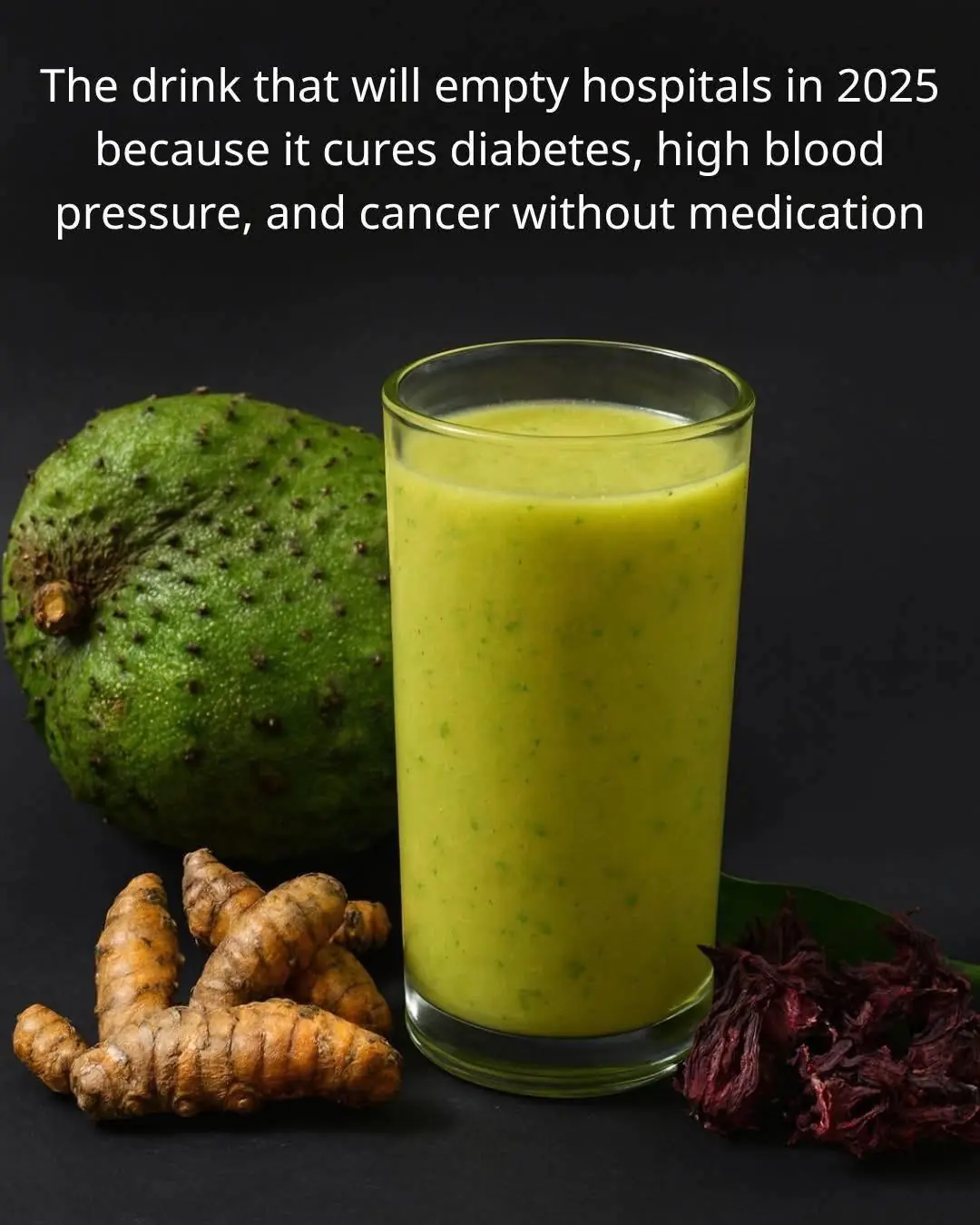
The Drink That’s Gaining Attention in 2025: A Natural Blend to Support Blood Pressure, Diabetes, and More

Man Passed Away After Eating Eggs — Stop Eating Eggs This Way Immediately
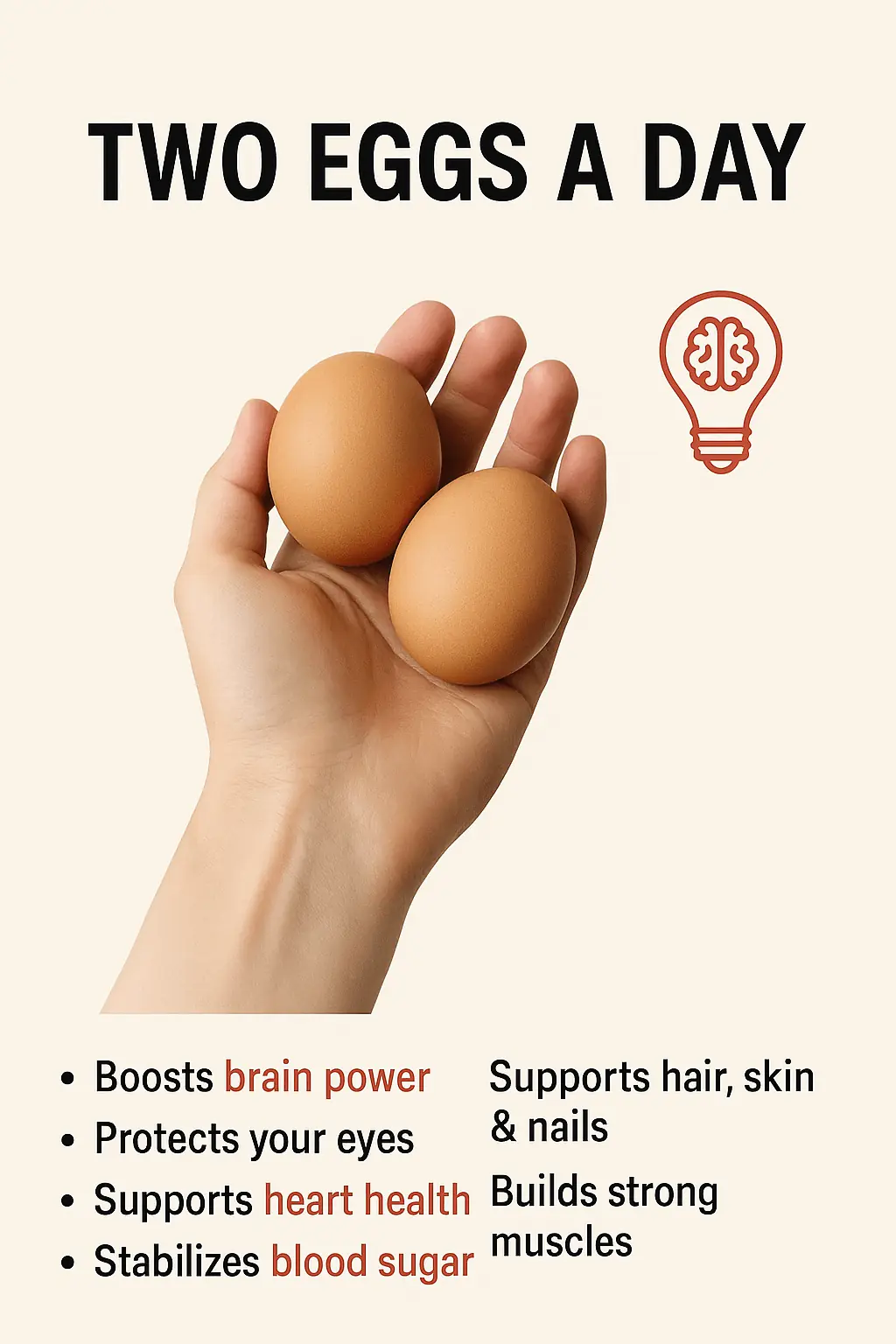
Two Eggs a Day — Small Habit, Big Health Boost

My toenail turned thick and yellow. Clinic can’t see me anytime soon. What is this?

Face Toner With Cloves & Rose Water: No Wrinkles, No Age Spots
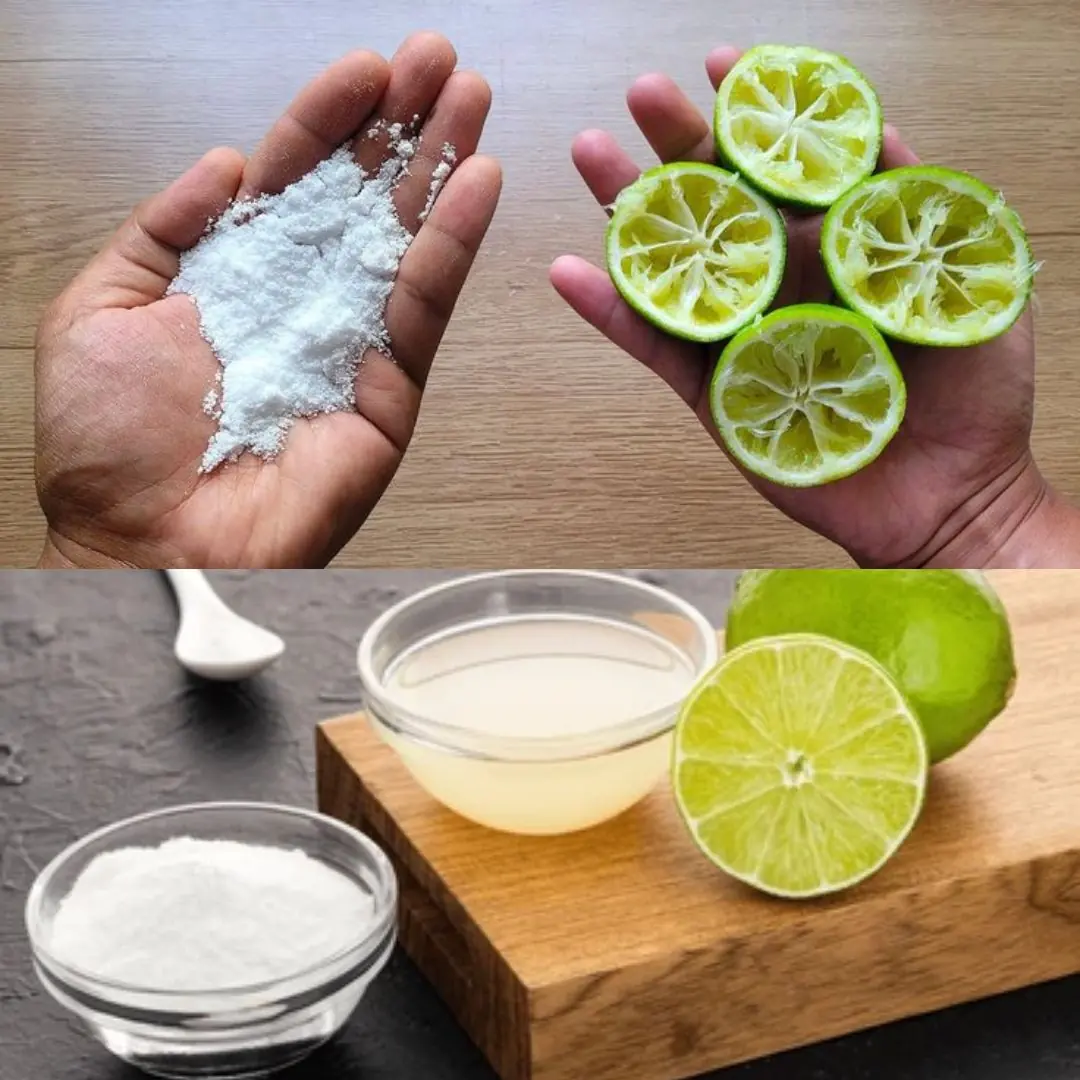
Homemade Lemon Peel Cleaners: Two Powerful Recipes for a Spotless Home
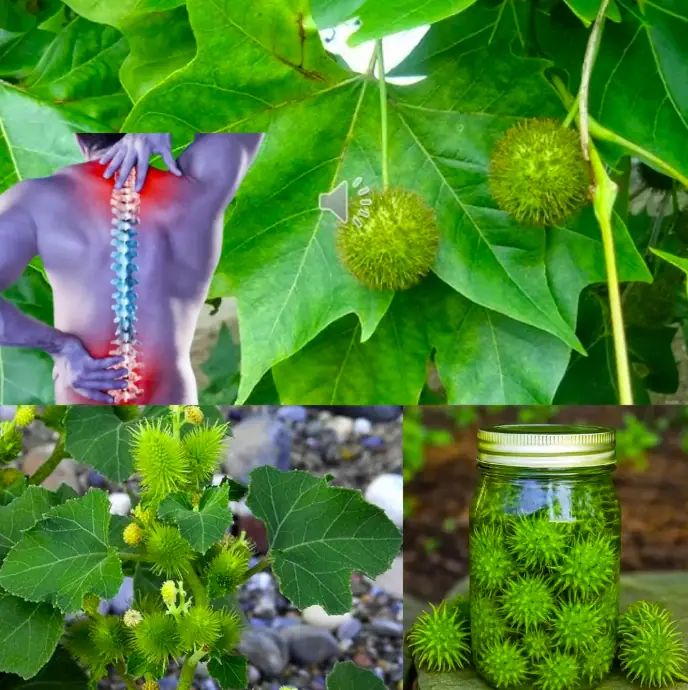
Sweetgum’s Hidden Powers: 7 Surprising Health Benefits You Need to Know

Nourish & Revitalize: How Guava Leaf, Aidan Fruit, and Okra Support Women’s Health

Stick a Toothpick into Your Electric Kettle: Amazing Benefits Every Home Needs, Save Hundreds Each Year
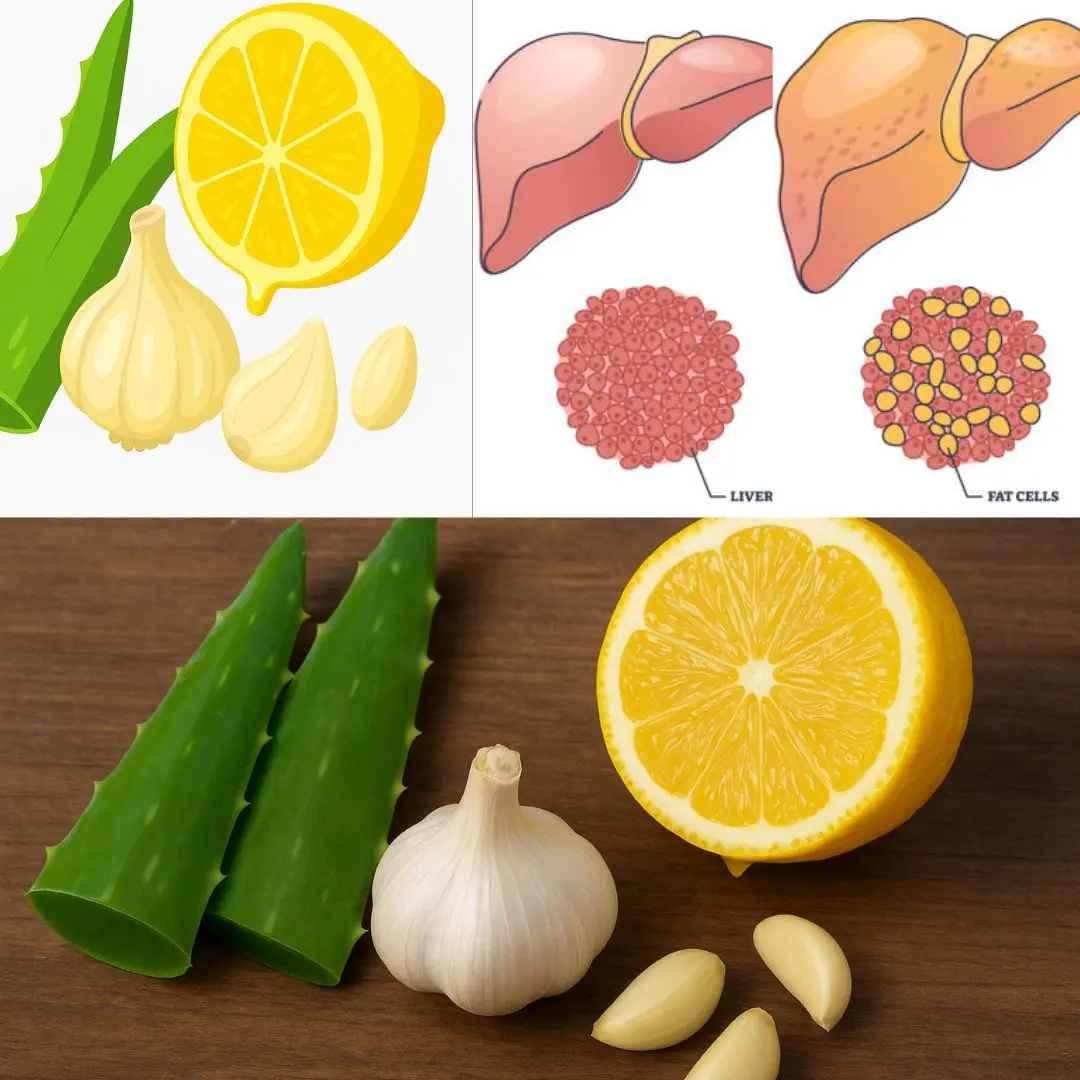
Aloe Vera Super Remedy: Stronger Than Garlic, Lemon, and Fights Bacteria & Fungi Naturally

Never Clean Your Light Switches with Water: Here’s a Safe Trick to Make Them Shine Like New

1 herb being called a miracle for liver, blood sugar, and blood pressure

Mix castor oil and rosemary — the 7-day results will surprise you
